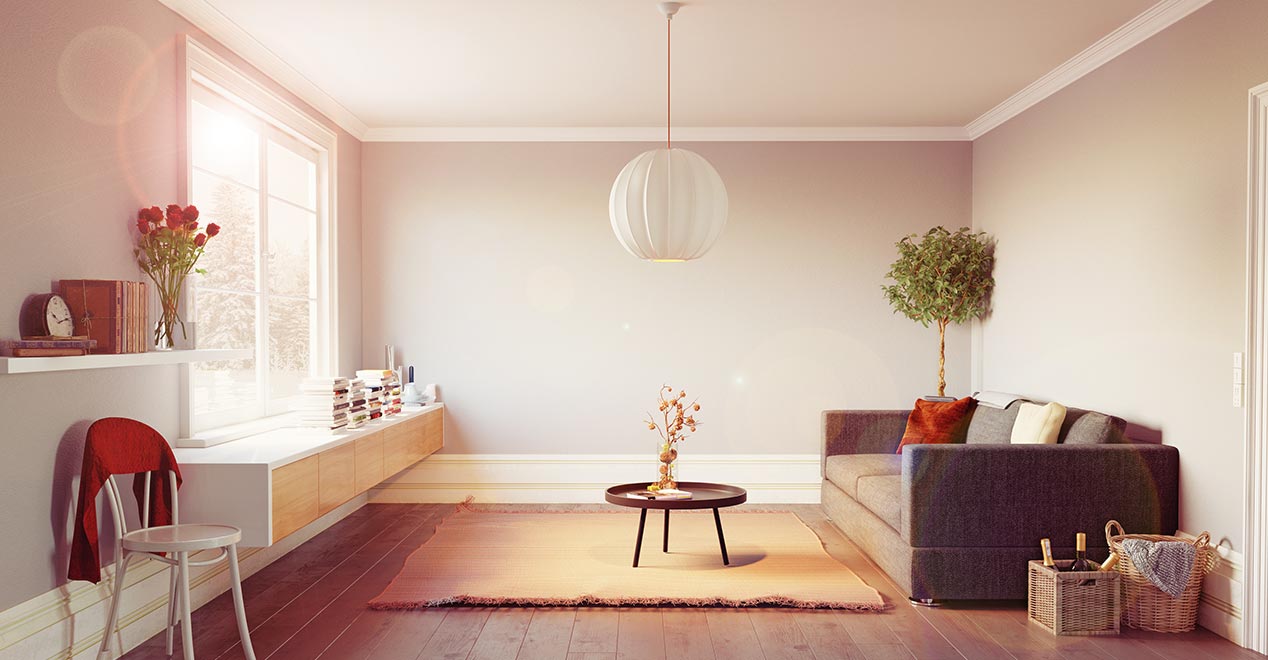As we embrace chill of winter, the days get notoriously shorter and the nights longer. This seasonal shift doesn't just affect our outdoor activities; it significantly impacts our indoor life, particularly our energy consumption. With daylight at a premium, many of us turn to artificial lighting much earlier in the day, which can lead to a noticeable uptick in our energy bills. But what if we could make the most of the limited daylight and save energy in the process? Here's how you can utilize natural light during the shorter days of winter, making your home brighter and your energy bills lighter.
Embrace the Sun's Path
Understanding the sun's path is key to maximizing natural light in your home. Even in winter, the sun can provide ample light and warmth if you know how to harness it. Here's how:
- Track the Sun: Notice where and when sunlight enters your home. Southern-facing windows receive the most sunlight during the day, so prioritize these areas for your living spaces.
- Rearrange Your Space: Move your work area, reading nook, or favorite chair closer to windows to take advantage of natural light during peak hours.
Window Wisdom
Windows play a crucial role in your quest for natural light. Here are some tips to make the most out of them:
- Clean Windows: Regularly cleaning your windows can significantly increase the amount of sunlight entering your home.
- Use Reflective Surfaces: Place mirrors or other reflective items opposite windows to bounce light into darker corners of the room.
- Window Treatments: Opt for light-colored, translucent curtains that allow sunlight through while providing privacy. Consider thermal curtains that can be opened during the day and closed at night to retain heat.
Decorate for Light
Your home's interior can enhance or hinder the distribution of natural light. Lighten up with these decorating tips:
- Light Colors: Paint walls and ceilings in light colors to reflect natural light throughout your home.
- Furniture Placement: Arrange furniture to avoid blocking windows and to encourage the flow of light.
- Shiny Surfaces: Incorporate shiny surfaces, like glass tables or metallic decor, to reflect light.
Maximize Outdoor Light
Your home's exterior can also impact how much natural light makes it indoors:
- Trim Trees and Shrubs: Keep vegetation around windows trimmed to prevent blocking sunlight.
- Use Reflective Mulch: In your garden or planters near windows, use reflective mulch to bounce more light into your home.
Smart Lighting Solutions
For the times when natural light isn't enough, smart lighting solutions can help:
- LED Lights: Switch to LED bulbs, which use at least 75% less energy than incandescent lighting.
- Dimmer Switches: Installing dimmer switches allows you to adjust lighting levels, saving energy.
- Timers and Sensors: Use timers or motion sensors for outdoor lighting, ensuring lights are only on when needed.
Embrace Energy Efficiency
Beyond lighting, consider other ways to enhance your home's energy efficiency during winter:
- Seal Drafts: Keep cold air out and warm air in by sealing drafts around doors and windows.
- Insulate: Proper insulation in walls, attics, and floors can dramatically reduce heating costs.
- Upgrade Your Thermostat: A programmable thermostat can adjust the temperature according to your schedule, reducing energy use.
Community and Lifestyle Changes
Incorporating lifestyle changes and engaging with your community can further enhance your energy-saving efforts:
- Natural Lighting in Workspaces: If you work from home, set up your workspace near a window. If you're an employer, encourage workspace designs that maximize natural light.
- Community Initiatives: Participate in or initiate community projects aimed at energy conservation, such as tree planting for more shaded areas in summer and sun exposure in winter.
Utilizing natural light during the shorter days of winter not only brightens your home but also brings warmth and energy savings. By embracing the sun's path, optimizing your windows, decorating wisely, and making smart lighting and energy-efficient choices, you can enjoy a lighter, brighter winter. Remember, every small change contributes to a significant difference in your energy consumption and environmental footprint. Let's make the most of what the winter sun has to offer!
